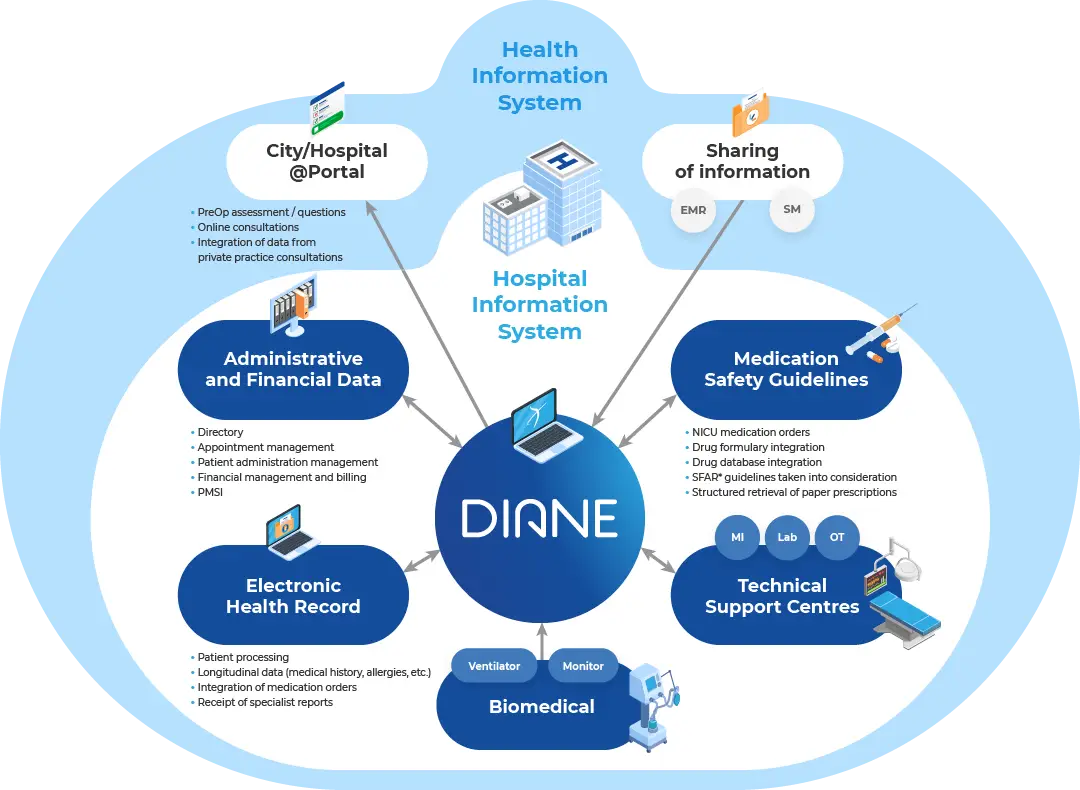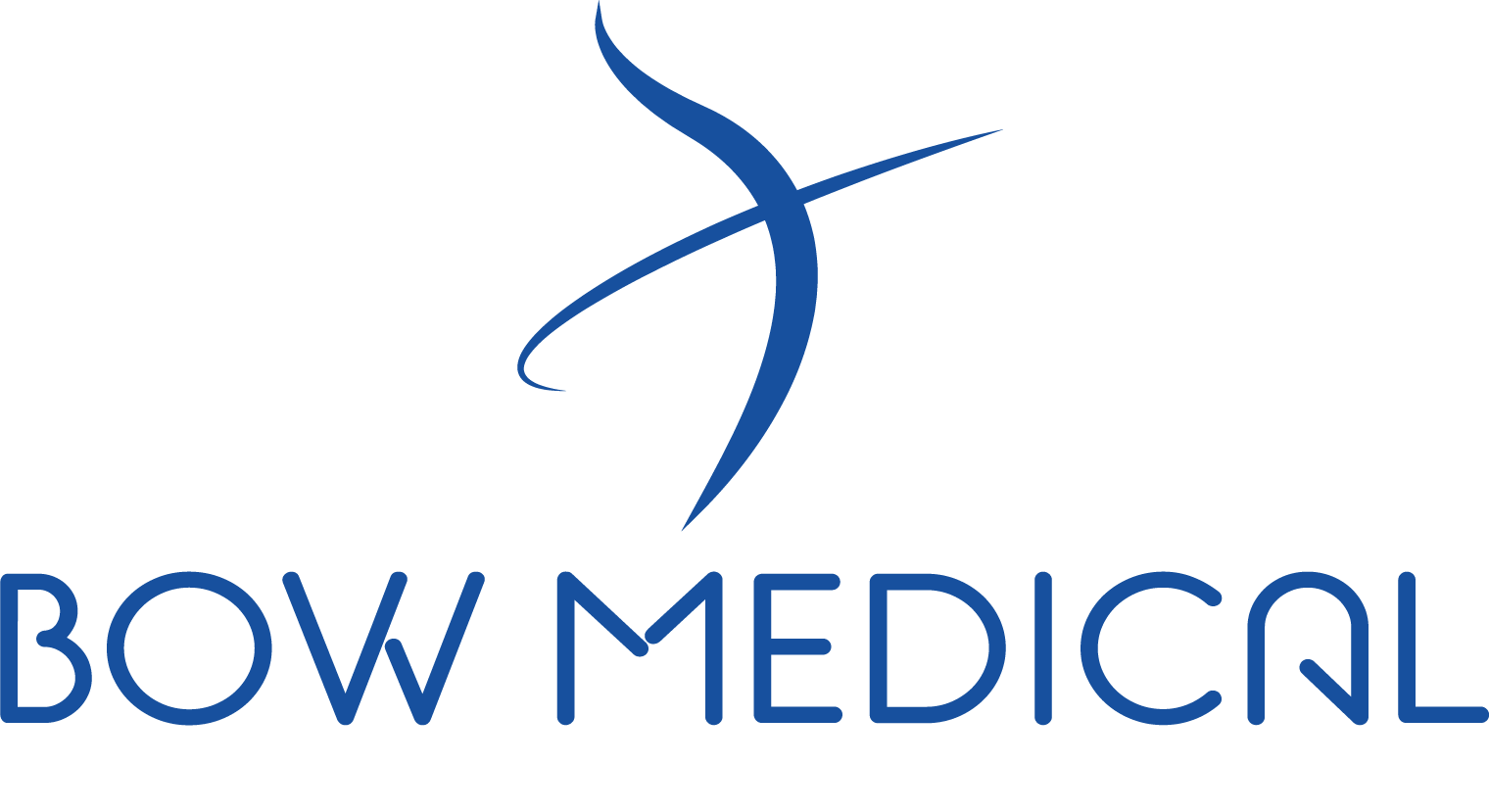The objective of the Healthcare System is to improve the quality of care, the delivery of care, and the control of costs.
To achieve this, the interoperability of information systems is a crucial factor and a significant challenge for healthcare professionals and their patients. The information systems used by health professionals must be able to exchange data with each other and with administrations.
Interoperability is one of the priorities of the national digital health plan, which aims to create a space for sharing data between all the players in the health system. (Source: Ministry of Health).
To meet these challenges, Bow Medical has integrated a fully-fledged team of professionals dedicated to interoperability within its organization.
The mission of this entity is multiple and involves:
- Technology watch
- The development of interfacing flows with more than sixty editors
- Mastery of communication standards
- Development of drivers with more than 550 biomedical types of equipment
- The smooth running of deployments
Bow Medical invests in the interoperability of its solutions to ensure that our software platform connects to clinical and administrative information systems and standard databases.
Our Goal
To ensure strong integration of our Critical Care software with Hospital IT Systems in the public or private sector and within the patient’s Healthcare Information System (HIS).
Design protocols to meet the needs of continuity, care, and safety of patients.
Bow Medical’s software engineering products are developed on the service-oriented model, allowing to:
- Respect the identity surveillance, thanks to the reliable and unique identification of your patient,
- Guarantee the integrity of your data by adopting the HL7 international interoperability standard and IHE profiles,
- Reduce data entry or transcription errors by automating this task.
Our services meet the needs of healthcare professionals and institutions within the framework of Health Information Systems interoperability to address the following issues:
- Identification
- Location
- Visualization of information
- Collaborative work
- Data Sharing
- The mutualization of the database
The input and output flow of a hospital’s information management system is one of the major areas of concern facing care units. This is particularly true for the management of the physical flow of patients and hospital staff.
Interfacing with Information Systems
The Diane platform dedicated to critical care connects directly to the information systems of the HIS through interfacing streams and numerous drivers developed by our interoperability team..

Mastered flows and formats
| IMPORT | |
|---|---|
| Type | Format |
| Identities/Movements |
|
| User account |
|
| Prior medical history |
|
| Lab results |
|
| Context-based information retrieval |
|
| EXPORT | |
|---|---|
| Type | Format |
| Procedure codes |
|
| ICD-10 |
|
| Prior medical history |
|
| Medication orders |
|
| Documents |
|
| |
Strengths of our solution, DIANE
Ensuring the continuity of services
BOW MEDICAL ncludes in DIANE the elements for operational continuity in case of server failure or network anomalies.
In the event of a malfunction, the workstation switches to a local mode.
The data from the biomedical types of equipment is retrieved from the workstations. Users continue to be able to enter data into the patient file.
This operation in disconnected mode continues even after stopping and restarting the DIANE application and the workstation.
Mutualization of the database
The mutualization of the anaesthesia and intensive care database allows the optimization of the interfaces installed, which is one of the most significant advantages of DIANE, our critical care solution.
Connect and integrate your current and future and future biomedical devices into your IS
Facilitate the daily work of your nursing staff by automating the collection of physiological data and parameters of biomedical devices to quickly and securely feed the patient’s file to DIANE.
List of biomedical drivers
Our portfolio is made up of more than 500 communication drivers, allowing you to connect your equipment (monitoring units, patient monitor, respirator, infusion system, anesthesia station, hemodialysis, etc.) to the patient file in DIANE
Find your driver
Please choose category and brand/distributor to show available models list.


